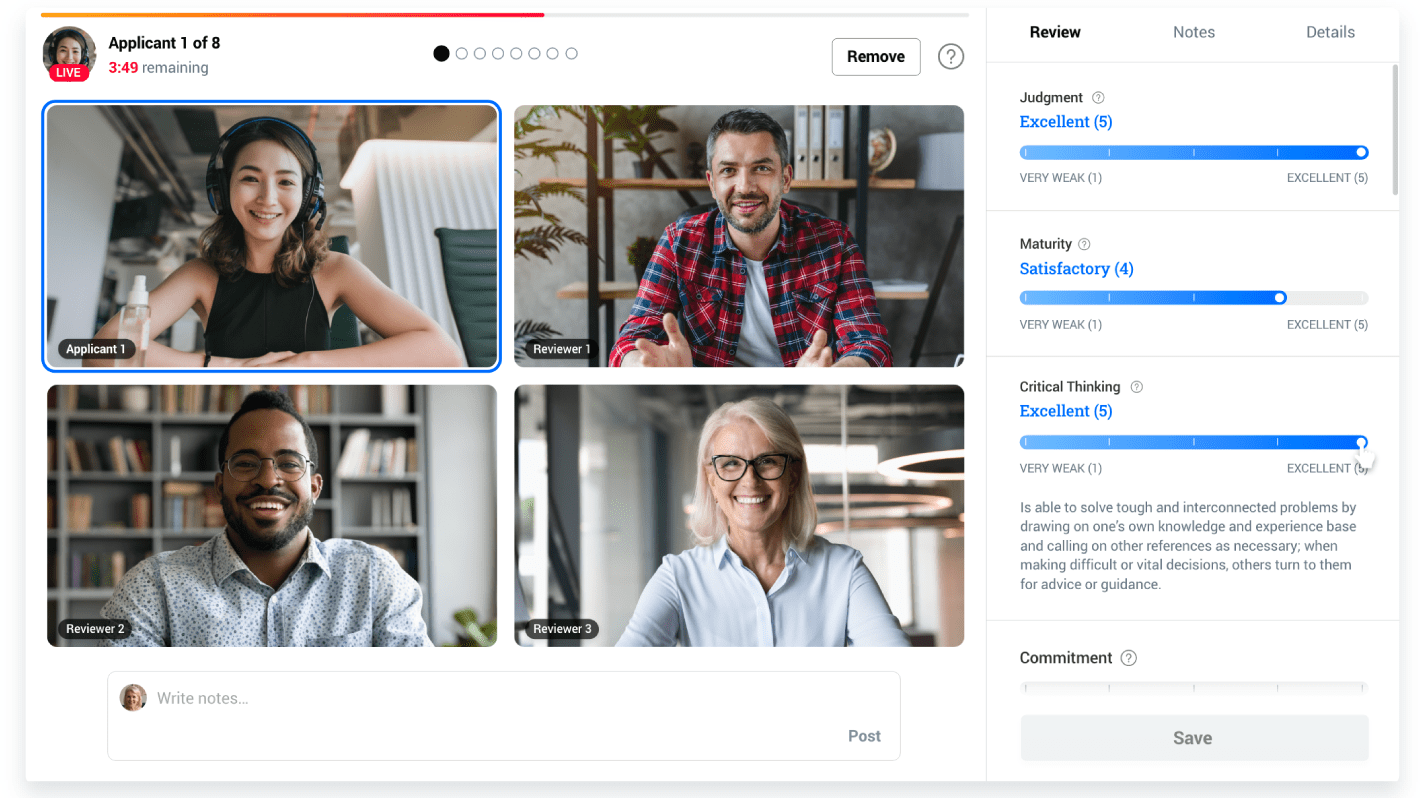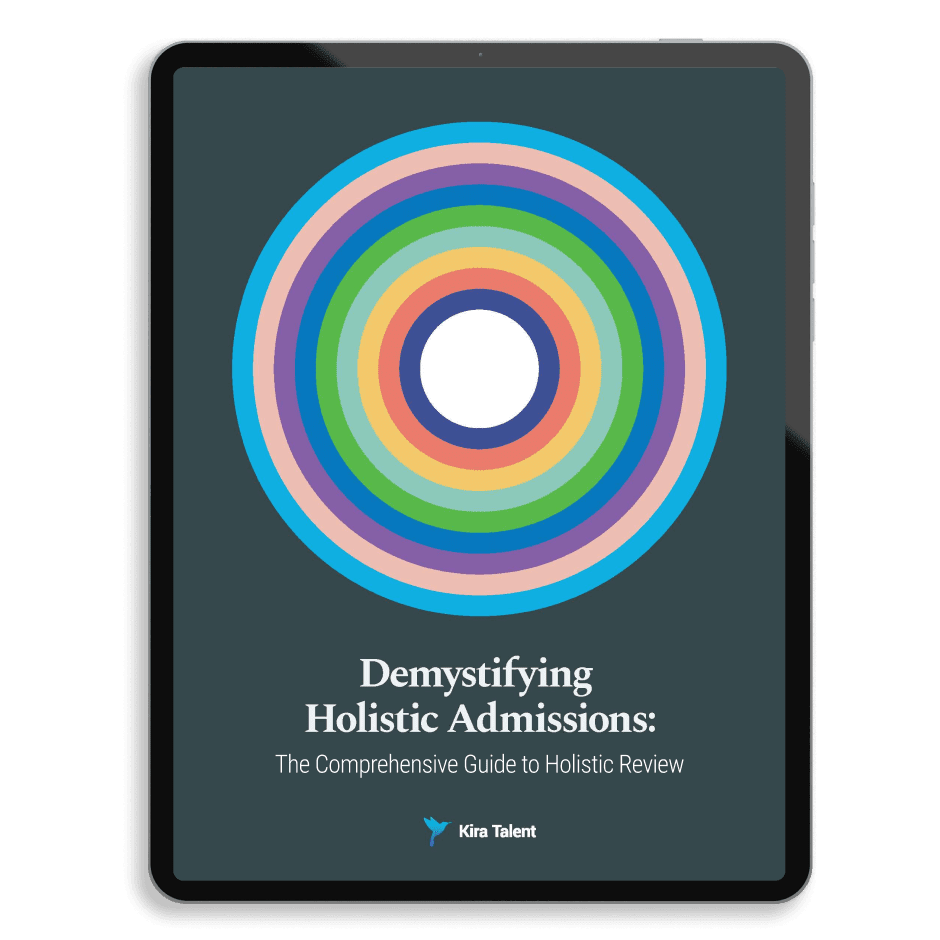72% of health sciences professional schools who use holistic admissions saw increased diversity in their incoming classes. These programs also found their teaching and learning environment was improved because students were more engaged, cooperative, and open-minded to new perspectives.
Yet, less than half of nursing schools surveyed currently use a holistic process to admit students, compared to 93% of dental schools and 91% of medical schools. All of this, according to a national study by Urban Universities for HEALTH.
Why have nursing schools been hesitant to adopt holistic assessment practices?
There are four common challenges that hold schools back from implementing holistic admissions.
- “We’ve always done it this way.” As a complex institution, a college or university must fight against a widely held attitude. Convincing faculty or academic deans to take a risk on a change to admissions can be an uphill battle for many schools.
- “How do we know it will work?” A 2016 survey of graduate admissions professionals from the Council of Graduate Schools (CGS) found 81% of graduate school staff respondents reported the need for more data to prove outcomes.
- “We simply don’t have time.” Holistic reviewing is perceived to be a time-consuming way to do things. CGS’s survey found 58% of admissions professionals reported time as a barrier.
- “How do we make it fair?” Many schools prefer the objectivity of assessment criteria like grades and test scores because more holistic evaluation opens up schools for potential subconscious bias.
Last year, Amy Addams, Director, Competency-Based Admissions for the American Association of Medical Colleges investigated the challenge facing nursing schools.
She found that the most successful schools approached holistic review as more than an admissions project, instead, looking at it and implementing it as an important institutional change. Transitioning to holistic review needs to be a decision based on more than your admissions directives, it has to tie back to your greater goals as an institution.
Addams cites four common characteristics schools who successfully roll out holistic review share in a fantastic presentation, ‘The Nuts and Bolts of Holistic Review.’:
- Institutional readiness
- Individual readiness
- The right people at the table
- Commitment and engagement on part of key stakeholders
Her observations ring true in other faculties, not just nursing. When Harvard Law School (HLS) decided to expand their admissions criteria, it was not one person’s decision; it was a strategy to improve diversity shared by the entire law school.
For HLS, their admissions process reflects who they are to the world. The change was not only helping bring in a more diverse student body, but it was making a statement about the school’s priorities. Like any major decision in academia, your whole school has to get behind the idea and the reason for the change.
Changing your admissions process reflects on how applicants and students engage with your school and will impact the type of students you enroll.
Fortunately, if you’re reading this and interested in implementing holistic review at your school, there are a number of advocates in nursing academia who are creating resources to help you get there.
We’ve compiled a few of these resources below:
Resources for getting started with holistic admissions
- Holistic Review - An Introduction (AACN) - A pilot project to assist nursing deans in leading their school’s transition to a holistic admissions process.
- Holistic Admissions in the Health Professions: FINDINGS FROM A NATIONAL SURVEY (Urban Universities for HEALTH) - A Paper outlining how holistic review is being used in health sciences:
- The Nuts and Bolts of Holistic Review (AACN) - A presentation on what is needed to start implementation of holistic review at your school:
- How Can Implement Holistic Review at My Nursing School? (AACN) - Sample essay questions and rubric criteria to help build out your own library.
- The Case for Diversity and Inclusive Learning (AACN)- List of academic research that identifies benefits of diversity and inclusive learning.



